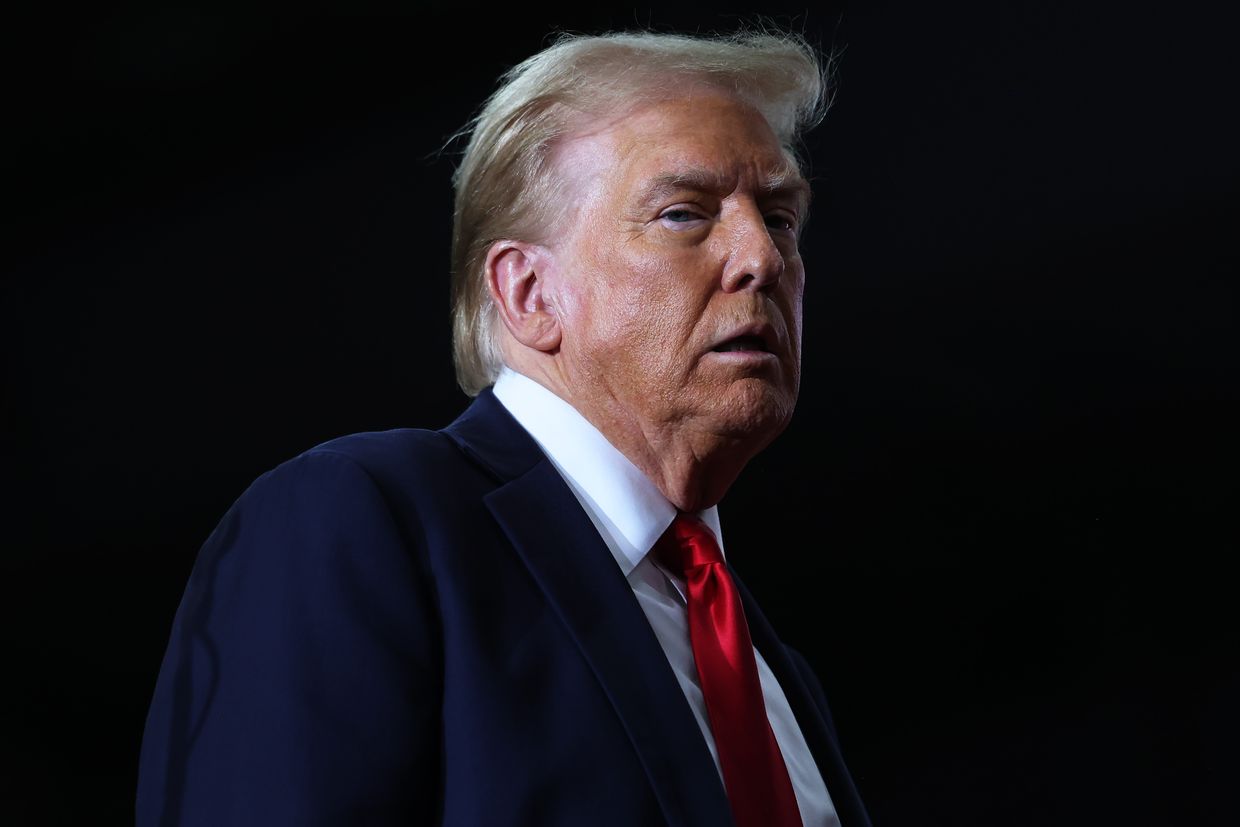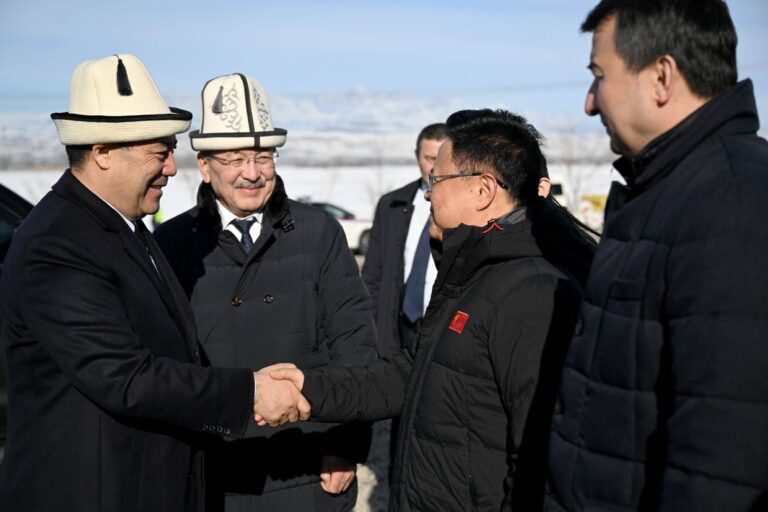Construction has begun on a new railway linking China with Kyrgyzstan and Uzbekistan in Central Asia, Kyrgyzstan President Sadyr Japarov announced at a groundbreaking ceremony on December 27.
The new route is part of China’s economic expansion efforts, aimed at expanding China’s commercial influence in Central Asia and Europe while bypassing Russian territory.
This route will ensure the supply of goods “from China to Kyrgyzstan and then to Central Asia” and to other countries, including Turkey and the European Union, Japarov said at a press conference, the Kyrgyz President’s Press Office reported. He said it would be.
Japarov added that the China-Kyrgyzstan-Uzbekistan Railway is not “just a transport corridor” but “an important strategic bridge connecting the countries of the East and the West.”
Japarov also said the project would “strengthen regional ties” and “diversify transport routes”, increasing the region’s competitiveness as a transport hub.
The railway will run approximately 523 kilometers (325 miles) west from the Chinese city of Kashgar in northwestern Xinjiang, via the Kyrgyz border city of Jalalabad, to Andijan in Uzbekistan.
The $8 billion project has been in negotiations since the 1990s, but plans have been stalled until now due to economic and political pressure, particularly from Russia, where the road would be diverted.
The Kremlin’s dependence on China in the wake of Western sanctions, as suggested by President Putin’s participation in China’s Belt and Road Forum in October 2023, in which this railway was mentioned as one of its projects. The increased intensity is clearly easing tensions.
Although China has officially declared itself a neutral party in Russia’s all-out war in Ukraine, the U.S. government continues to sound the alarm about China’s support for Moscow’s defense industry.
President Trump’s China strategy depends on destroying Russia’s economy
President-elect Donald Trump is determined to confront China economically and strategically. This is a difficult question because so many goods purchased in the United States have supply chains deeply rooted in manufacturing sites in China. If the Chinese yuan depreciates due to new US tariffs…



